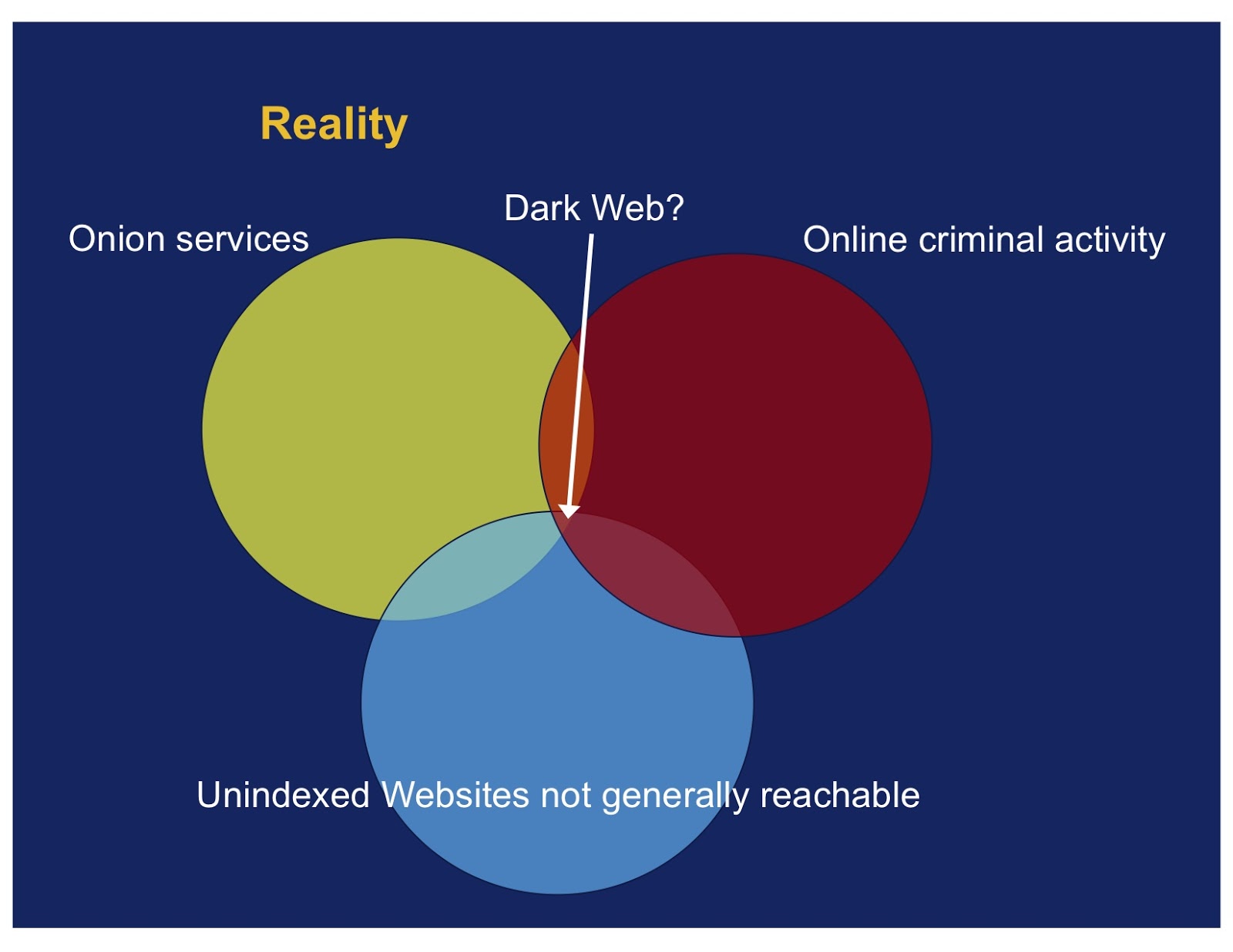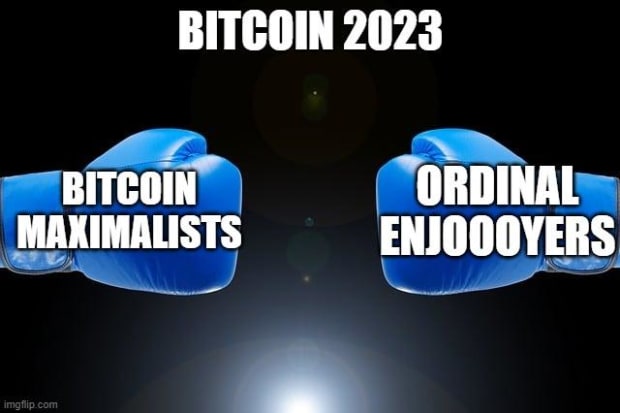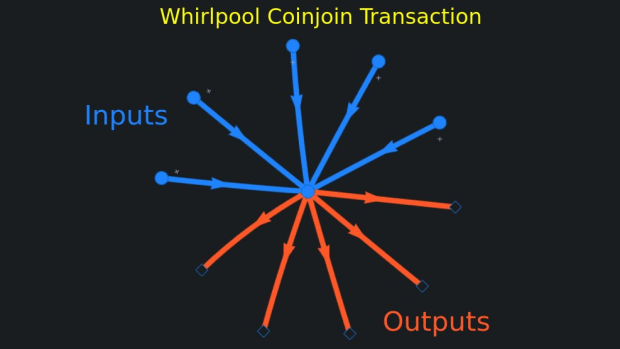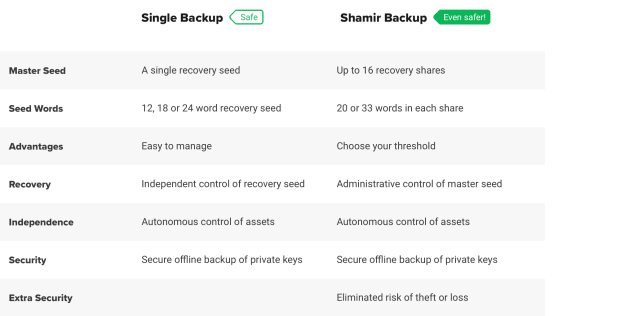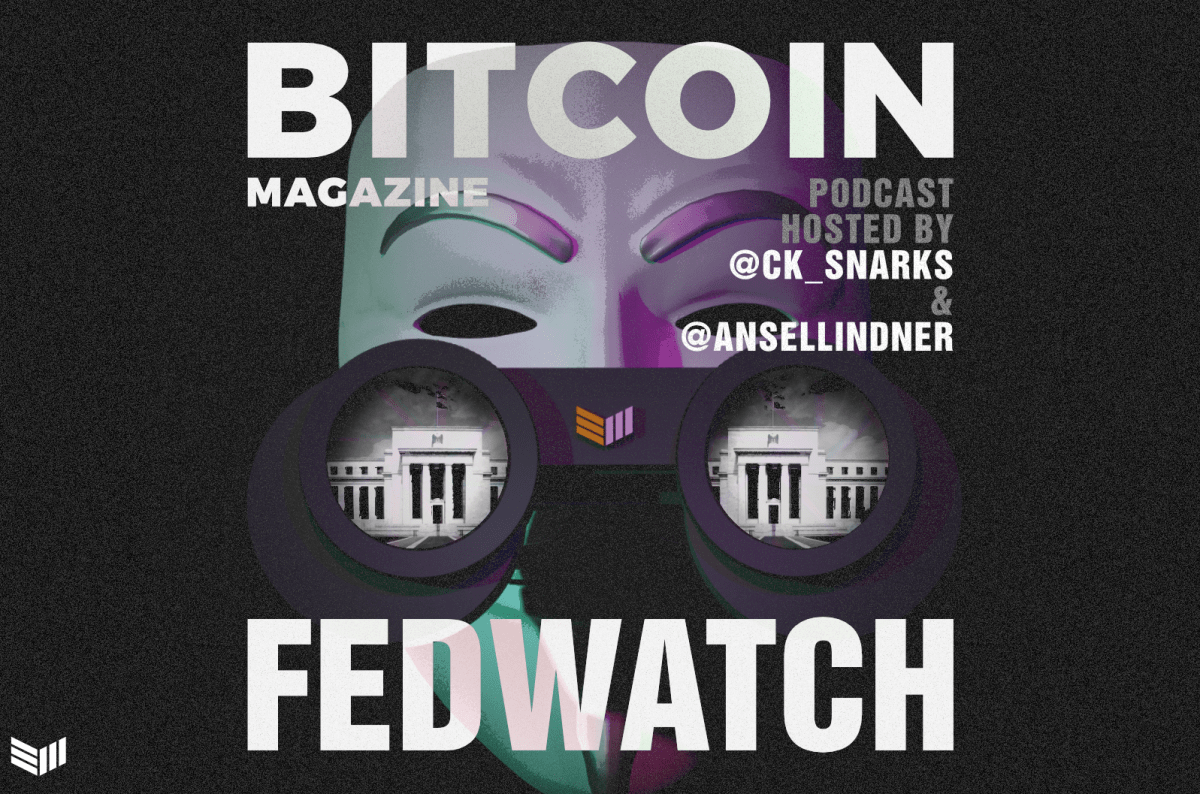Op Ed: Three Bitcoin Trends That Left Their Mark on 2019
It has been an eventful year for bitcoin. Digital Assets Data, which records, collates and analyzes cryptocurrency and blockchain transaction, value and popularity information, has identified a few essential trends as 2019 comes to an end. Here are three bitcoin trends that we’ve been following this year.
Bitcoin as Digital Gold
To begin with, anyone interested in bitcoin has, at one time or another, had to explain it to someone entirely unfamiliar with cryptocurrencies and digital assets; many of these explanations relate bitcoin to gold. The familiar comparison isn’t a rhetorical trick: There’s a real statistical correlation.
The “digital gold” model of thinking about bitcoin makes intuitive sense. Bitcoin and gold are both limited commodities that must be mined, though the method of mining employed does differ just a bit. If bitcoin is digital gold, then it follows that bitcoin is a twenty-first-century store of value. Gold’s value is relatively stable; it doesn’t swing up and down or enter “gold winters.” Bitcoin, as we all know, can be volatile. Yet over the course of the past 12 months, there’s been a greater and greater correlation between bitcoin’s returns and gold’s returns. With market uncertainty rising around the world, investors are turning to gold and bitcoin to store value. That old digital gold line — it turns out it’s true.
Altcoins, by contrast, aren’t the digital equivalent of other precious metals. In the third and fourth quarters of the year, altcoin prices were strongly affected by industry events and public announcements.
For example, after Chinese President Jinping’s blockchain announcement in late October, the amount of Tether (USDT) issued on Tron resulted in a rapid increase which coincided with the dramatic (roughly 60 percent) price increase of TRX. Similarly, after Coinbase announced their staking service on November 6, 2019, returns on Tezos dramatically outperformed bitcoin and the rest of the crypto market at the time.
While they have their good days, these altcoins also have bad days: They’re radically volatile. Take Matic, a would-be “bitcoin rival,” which lost 70% of its value in a single hour in December 2019. ZCL, another aspiring contender, has also endured brutal pummelling; crashing as low as $0.33 over the summer, marking one of the deepest crashes in crypto history. Bitcoin is also volatile, but it increasingly resembles a store of value.
Higher Hash Rates and Liquidity
A second 2019 observation is about the comparison between bitcoin and its competitors. While bitcoin has a reputation for volatility, it is also looking more and more like a reliable store of value. Combine this with Bitcoin’s increasing hash rate and it’s easy to understand its dominance of the blockchain space.
It’s true that the absolute daily fee volume on Bitcoin remains slightly higher than the corresponding measurement on Ethereum — but bitcoin is approaching parity with its most popular competitor. That’s good news, but the better news is bitcoin’s continuing success in two more important metrics.
First, Bitcoin continues to have superior hash rate: It remains the most popular and most trusted cryptocurrency. Its hash rate is orders of magnitude larger than Ethereum’s, and it continues to increase at a faster pace than its closest competitor.
Furthermore, bitcoin has the highest volume of USD transferred per day, indicating high liquidity and continued market activity. The rolling 12-month correlation between the monthly percent changes in bitcoin price and the monthly percent changes in the bitcoin hash rate has continued to climb over the past year and a half from a slight negative correlation to a stronger, positive correlation seen through the end of last month. As 2019 ends, the Bitcoin network remains the most active and exciting.
Growing Public Interest
A final trend: Public interest in bitcoin, as measured by Google searches, is closely correlated with bitcoin price. This was most clearly illustrated in mid-July, when the year-high price of ~$12,500 was matched by an equivalent year-high score for Google searches. Since that high, Google searches for “bitcoin” have declined, though bitcoin remains a popular search topic. When the price goes up and news reports increase, it’s safe to expect search numbers to climb too.
As a new year and a new decade begin, Bitcoin will continue to grow, improve and reach new adopters. Though 2019 is almost over, we can expect these trends to last into the new year and, in some cases, beyond.
The bitcoin halving in 2020 and the increased cost of obtaining bitcoin will undoubtedly be a major story in the months to come. Gold’s value derives from its scarcity; bitcoin’s increasing scarcity may strengthen the correlation between the precious metal and the first cryptocurrency. The halving’s effect on the hash rate will be interesting to record; the market is much more mature than it was at the last halving in 2016. And it’s fair to expect that Google searches, which are an index of a subject’s relative prominence, will continue to correlate with price fluctuation.
In any case, 2020 looks set to be another exciting year for Bitcoin, perhaps the most exciting yet.
This is an op ed by Kurt Fenstermacher. Views expressed are his own and do not necessarily reflect those of Bitcoin Magazine or BTC Inc.
The post Op Ed: Three Bitcoin Trends That Left Their Mark on 2019 appeared first on Bitcoin Magazine.


